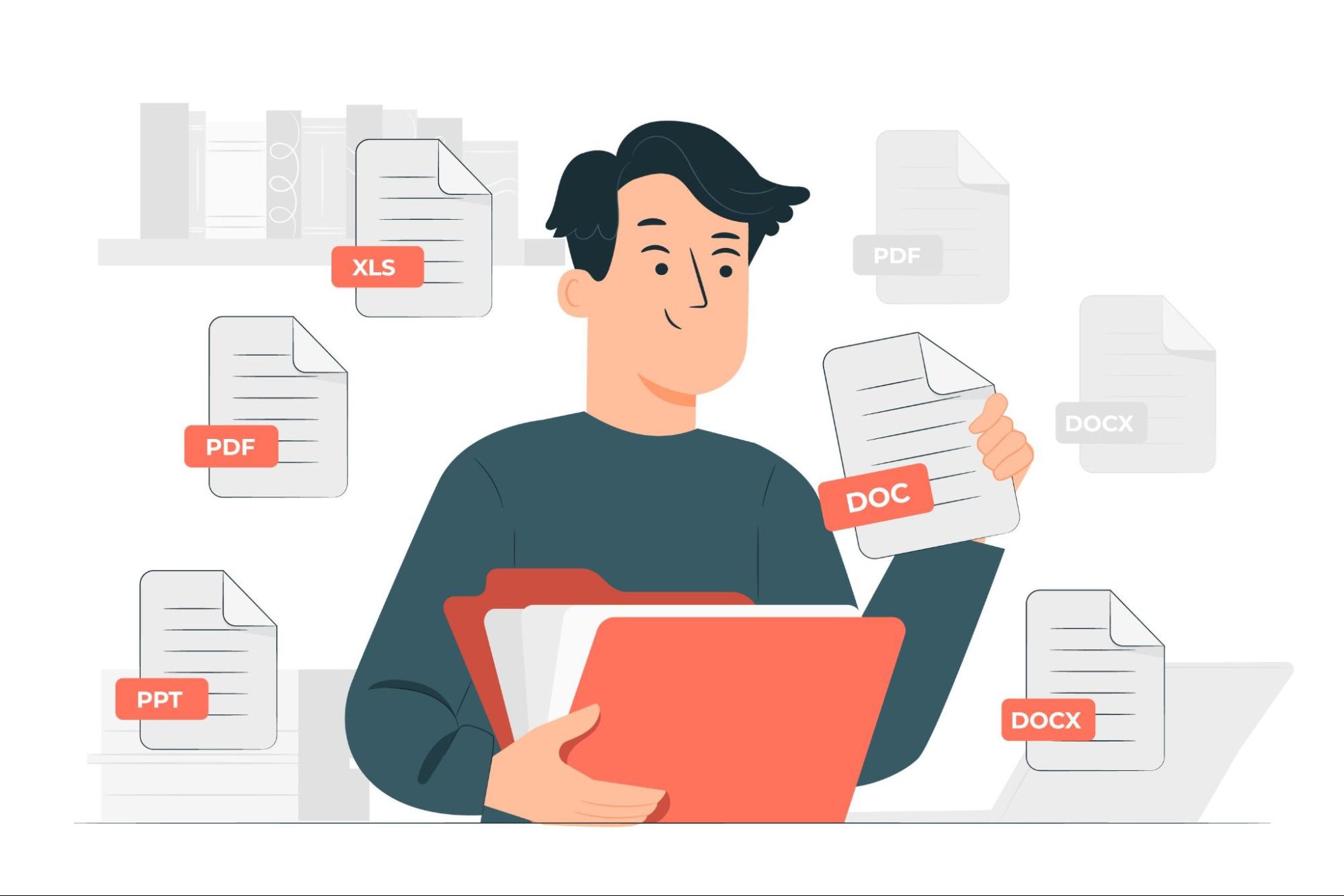

When you start a new project, it's important to define what needs to be done clearly. This helps manage expectations and makes the process smoother.
But sometimes, projects run into problems because the requirements aren't clear from the beginning. This can lead to issues like a vague project scope and results that don't meet expectations.
Studies show that a lot of the cost and time spent on projects goes into fixing these problems later on. That's why it's crucial to get the requirements right from the start.
So, what are functional and non-functional requirements, and why are they important?
Functional requirements describe what the project needs to do, while nonfunctional requirements describe how it should be done.
In simpler terms, functional requirements tell you what the project should accomplish, while nonfunctional requirements tell you how it should work. Understanding these differences is key to making sure your project is successful.

A functional requirement describes what a software system should do and outlines its desired behaviour. For instance, it might dictate that when certain conditions are met, the system should automatically send a welcome email to a new user. Another example could be that only managers are allowed to access salary information. Additional examples of functional requirements cover various aspects of software behaviour:

Non-functional requirements are essential for ensuring the overall usability and performance of a software system. If not carefully defined, they can significantly impact the user experience. For instance, specifying the required loading speed of a website or ensuring it can accommodate a large number of users without performance issues are examples of non-functional requirements. Additionally, non-functional requirements may encompass aspects such as security, such as mandating that users change their initial login password upon first logging in. Other examples of non-functional requirements include:
Non-functional requirements focus on how a system operates rather than what it does. For example, they may specify that users must update their data within three seconds of access. Metrics can also measure these requirements and pertain to evolving aspects of the system, such as manageability or documentation.
When comparing functional and non-functional requirements, it's important to note that while a functional requirement ensures that the system performs a specific action, like loading a web page when a button is clicked, a non-functional requirement dictates how efficiently the system performs that action. For instance, a non-functional requirement might specify the speed at which the website loads. Slow loading times can negatively impact the user experience, highlighting the critical importance of non-functional requirements in software development.
User stories serve as invaluable tools in the process of requirement gathering and definition. Essentially, a user story encapsulates a software feature from the user's viewpoint, outlining what functionality is desired and how it impacts the overall user experience. These stories provide a concise yet comprehensive description of user needs and expectations, guiding the development team in understanding and delivering on these requirements. A basic formula might look like the following:
A < define user type > wants < specify the specific goal > so that
Incorporating acceptance criteria into user stories is essential for ensuring that the product meets the client's expectations. These criteria outline the specific conditions that must be met for the product to be deemed acceptable. Here are a few examples of acceptance criteria for user stories:
User stories play a crucial role in addressing non-functional requirements, as they provide insights into the user experience and how to enhance its efficiency.

Metrics are more commonly used in non-functional requirements as they enable companies to measure a system's success objectively. Non-functional requirements must be both qualitative and quantitative, with metrics serving as tangible indicators of performance. For example, a qualitative goal like "handling future expansion" can be made quantitative by specifying that the system should accommodate at least 30,000 users within the next three years. Focusing on quantitative goals facilitates clear measurement of success and ensures alignment between stakeholders regarding project objectives.
The Software Requirements Specification (SRS) document, commonly known as an SRS document, is a crucial blueprint that outlines the intended functionality and performance expectations of a software system. This comprehensive document not only defines what the software will do but also articulates the user functionality requirements necessary for its successful implementation.
This section provides a concise yet informative overview of the software system. It includes relevant background details and defines any terms essential for understanding the scope of the project.
The overall description section documents the project's assumptions, business values, and overarching project vision. This section offers stakeholders insight into the software system's purpose and goals.
The heart of the SRS document lies in the specific requirements section. Here, detailed attributes to be included in the system are defined. This encompasses both functional requirements, outlining specific tasks and actions the software must perform, and non-functional requirements, specifying criteria related to performance, security, and usability. Additionally, any relevant database requirements are outlined in this section.

Effective traceability is fundamental to the success of any project. According to Gartner, one of the main obstacles hindering companies from fully realizing the benefits of traceability is the widespread use of general document software, such as Microsoft Office or Google Docs, for requirements management. While these tools are popular due to their cost, availability, and familiarity, they often result in poorly managed requirements. This fragmented approach leads to requirements being scattered across various documents, spreadsheets, and even post-it notes, lacking traceability and hindering reuse. Consequently, this disorganised approach increases the complexity and cost of user acceptance testing, mainly when issues are discovered late in the process, making them more challenging and costly to rectify.
To address this challenge, software and hardware teams must collaborate seamlessly throughout the development process to define market requirements, functional and non-functional requirements, test cases, and other critical information. However, collaboration becomes challenging when teams utilize different tools, terminologies, and methodologies.
The solution lies in consolidating data, conversations, and decisions within a single system throughout the product development process. By centralizing information, teams can quickly consult and collaborate on requirements, capture decisions and actions, and maintain traceability throughout the project lifecycle. This approach ensures that all relevant data is accessible and retrievable, facilitating informed decision-making and streamlining the development process.
In every software project, there's a vision, a goal, and a destination that you aim to achieve. Functional and non-functional requirements play pivotal roles in guiding you toward that destination by establishing clear boundaries and parameters. These requirements help address essential questions and ensure that products are developed with success in mind.
While both functional and non-functional requirements are crucial, non-functional requirements, particularly those focused on user experience, are arguably more critical. Understanding the distinct roles of each category empowers you to define and track them effectively, enabling you to create a roadmap that aligns with your client's expectations and delivers optimal results. By prioritizing the user experience through non-functional requirements, you can enhance product usability, satisfaction, and, ultimately, success.